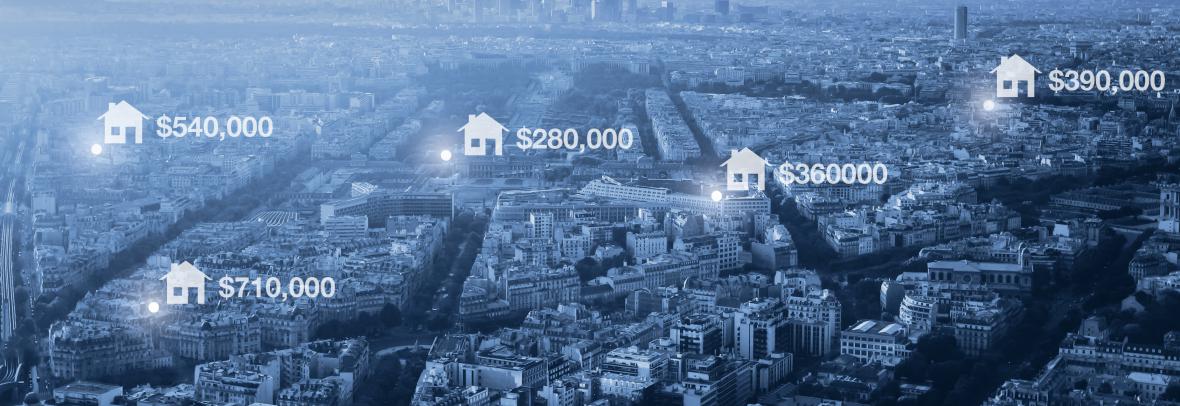
S&P Prediction: Home Prices Likely to Slow Further
The S&P CoreLogic Case-Shiller index showed a 5.8% annual gain in home prices for Dec., down from 7.6% through the 12-month period ending in Nov.
NEW YORK – The prospects for a weakening U.S. economy and higher interest rates suggest that the average price increase for a home is likely to continue to slow after six straight months of declines, data from S&P showed last week.
The S&P CoreLogic Case-Shiller U.S. National Home Price NSA Index showed a 5.8% annual gain in home prices for December, down from the 7.6% increase through the 12-month period ending in November.
Among the cities in a 20-city composite, southern U.S. metropolitan areas saw the largest increases in the nation, with home prices in Miami up 15.9% from December 2021. But all 20 cities in the composite reported lower prices over the 12-month period ending in December 2022 than during the year to November.
“The cooling in home prices that began in June 2022 continued through year end, as December marked the sixth consecutive month of declines for our national composite index,” Craig J. Lazzara, a managing director at S&P, said.
The Mortgage Bankers Association reported that its index on purchase applications is now at its lowest level since 1995. Joel Kan, the deputy chief economist at the association, said this is the time of year when buying usually increases, but higher lending rates has throttled any momentum.
“The increase in mortgage rates has put many homebuyers back on the sidelines once again, especially first-time homebuyers who are most sensitive to affordability challenges and the impact of higher rates,” Kan said.
Federal Reserve officials are trying to arrest lingering inflationary pressures by increasing their lending rates, which makes everything from cars to homes more expensive for consumers. In the minutes from its most-recent meeting, Fed officials said that inflation has eased, but remains somewhat elevated.
Data from the Commerce Department showed consumer prices jumped 0.6% between December and January, compared with a 0.2% increase from November to December.
The Fed said that further rate increases “will be appropriate,” meaning borrowing costs will likely increase further this year.
“The prospect of stable, or higher, interest rates means that mortgage financing remains a headwind for home prices, while economic weakness, including the possibility of a recession, may also constrain potential buyers,” Lazzara at S&P said. “Given these prospects for a challenging macroeconomic environment, home prices may well continue to weaken.”
Copyright 2023 United Press International, Inc. (UPI). Any reproduction, republication, redistribution and/or modification of any UPI content is expressly prohibited without UPI’s prior written consent.
